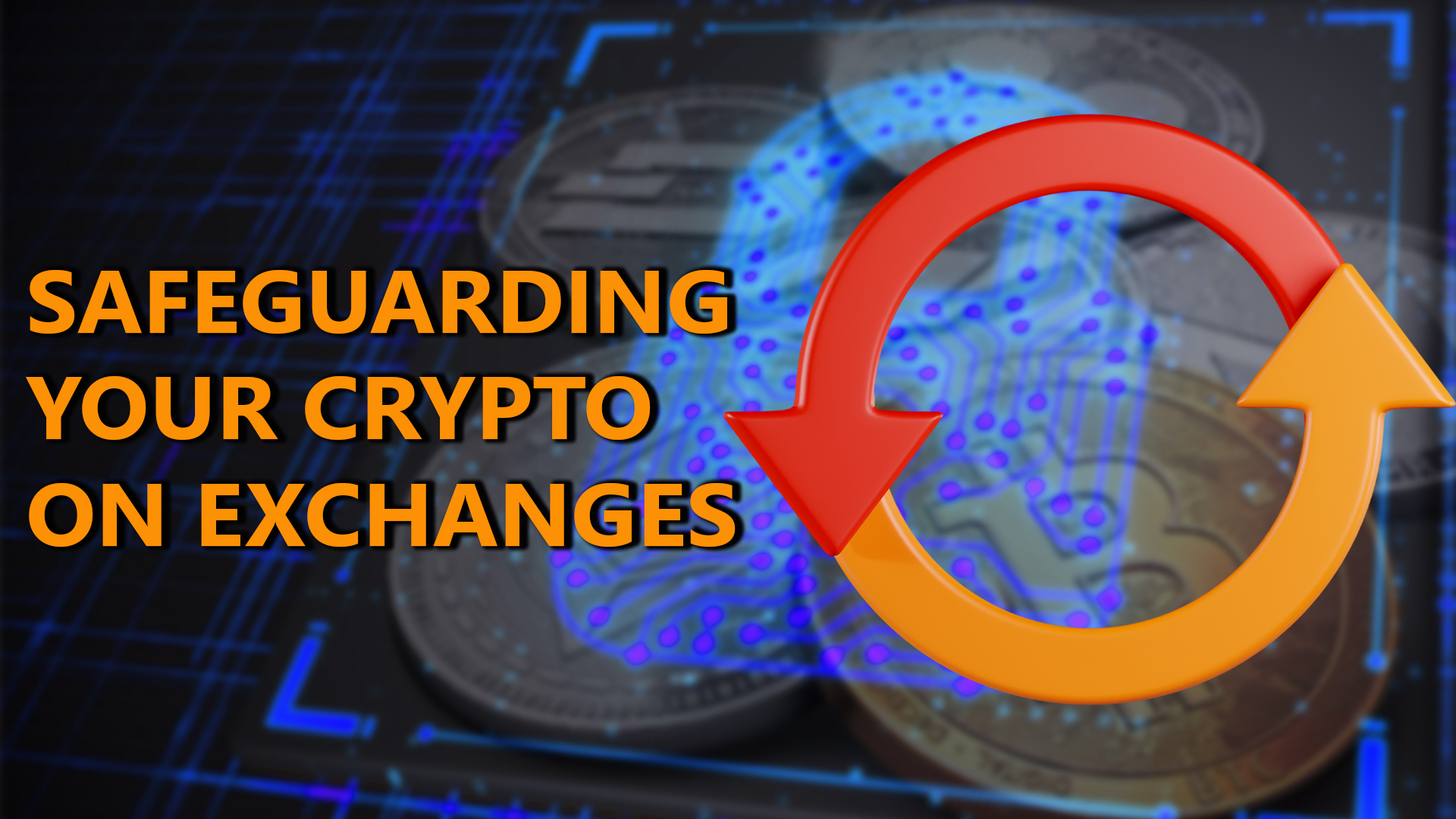In the dynamic and ever-evolving landscape of cryptocurrencies, ensuring the security of your digital assets has risen to the forefront as an imperative task. While cryptocurrency exchanges offer a convenient platform for trading and investment, they also harbor potential security risks. As the popularity of cryptocurrencies continues its upward trajectory, taking proactive measures to shield your crypto holdings from potential vulnerabilities has become a critical necessity. This comprehensive guide has been meticulously crafted to empower you with the knowledge and tools needed to fortify the security of your cryptocurrency while it resides on exchanges.
The Importance of Security in the Crypto Landscape:
The proliferation of cryptocurrencies has ushered in a surge of cyberattacks and hacking attempts aimed at exchanges. Consequently, securing crypto assets has transformed from a mere precaution to an integral component of navigating the digital realm. By embracing stringent security practices, you wield the power to significantly diminish the risk of succumbing to malicious activities.
Key Steps to Safeguard Your Crypto on Exchanges:
Enable Two-Factor Authentication (2FA): Adding an Extra Layer of Protection.
Two-factor authentication (2FA) emerges as a potent tool in your arsenal, conferring additional armor to your exchange account. By mandating a secondary form of verification beyond the password—such as a unique code dispatched to your mobile device—2FA stands poised to thwart unauthorized access attempts.
Forge Impenetrable Passwords: Building a Digital Fortress
The art of crafting robust and distinct passwords assumes paramount significance. Construct passwords amalgamating a melange of uppercase and lowercase letters, numbers, and symbols. Abstain from the dangerous practice of password recycling across multiple platforms, precluding the potential domino effect postulated by a breach.
Fortify Email and Account Recovery: Preventing Unauthorized Access
Elevate the security mantle enveloping your associated email account. Employ a potent password and activate 2FA to thwart cyber adversaries from infiltrating your exchange account through email-based vulnerabilities.
Exude Wariness Toward Phishing Attacks: Staying One Step Ahead
Exercise perennial vigilance against the machinations of phishing attacks—an often deployed tactic by hackers to trap users into divulging their login credentials. Exercise prudence when encountering emails and websites that arouse suspicion. A protector of verifying the authenticity of URLs and communications is imperative.
Frequently Audit Your Account: Keeping a Watchful Eye
Establish a routine of frequent scrutiny of your account activity, enabling the timely detection of abnormal transactions. Bolster your defense by configuring alerts for login attempts and withdrawals, thus ensuring a swift response to unauthorized access attempts.
Keep Software and Devices Up-to-Date: Patching Vulnerabilities
Maintain the ongoing hygiene of your devices and software by subjecting them to regular updates. This practice is a formidable deterrent against the latest security vulnerabilities and threats.
Withdraw to Fortified Wallets: Strengthening Security
Contemplate the strategic relocation of your cryptocurrency holdings to secure wallet solutions, such as hardware wallets. This tactical maneuver furnishes an additional stratum of protection, thereby effectively curbing your exposure to online risks.
Conclusion: Empowerment Through Vigilance
Safeguarding your cryptocurrency on exchanges demands a relentless, proactive approach and an unwavering commitment to security best practices. By selecting deals of repute, integrating 2FA, meticulously devising formidable passwords, and perpetually maintaining vigilance against prospective threats, you architect a formidable bastion of defense against security breaches. Your crypto holdings, deserving of the highest echelon of protection, find sanctuary through the meticulous application of these steps amidst an increasingly digital landscape.
Disclaimer:
This article is an informative resource and should not be construed as financial or investment advice. It is recommended that readers consult with qualified
